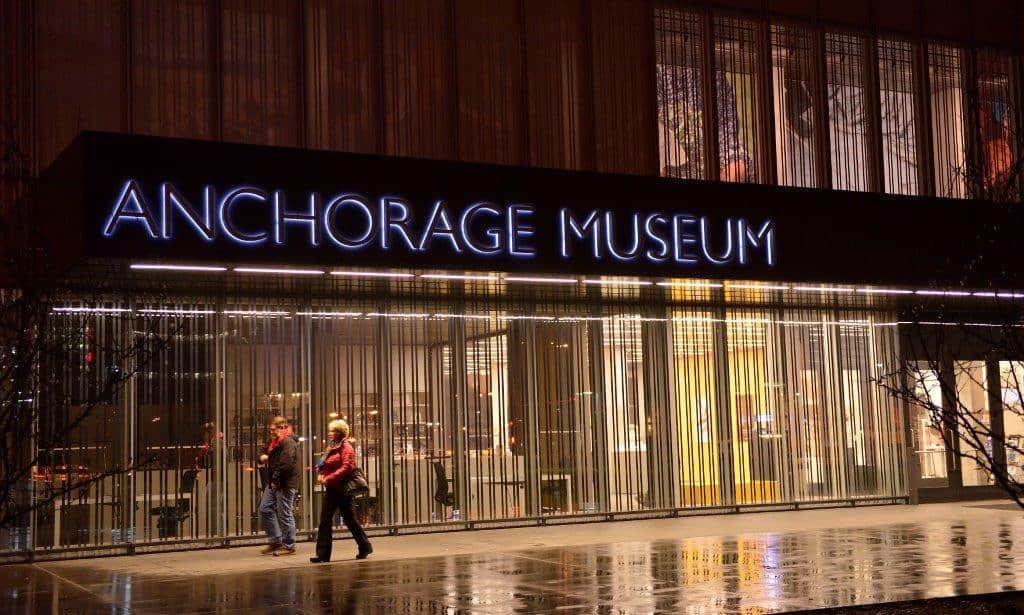For week four’s discussion, I had difficulty finding a non-profit museum that had both a cultural and natural history collection but I decided to look into the governance structure of the Anchorage Museum. The Anchorage Museum is a non-profit organization that Seeks to fulfill the mission of being a museum for “people, place, planet, and potential, in service of a sustainable and equitable North, with creativity and imagination for what is possible” (Anchorage Museum). The museum also has the vision of being a “place of ideas and transformation, narratives and perspectives, resilient and relevant communities, responsive to a rapidly changing world toward a better futurefor all” (Anchorage Museum). Although the Anchora Museum hosts more cultural than natural history collections, I still chose it for this module’s discussion as it’s one of the larger local non-profit museums in Anchorage.
The governance structure web page provided by the museum consisted of information pertaining to the organization’s mission and their accreditions. There is also a section dedicated to the pictures and names of the Anchorage Museum’s Board of Directors. Many who are listed as the Board of Directors are internal museum staffs, local businessmen, and members of the international advisors board. the museum has made Diversity, Equity, Inclusion and Anti-Racism polices, statement of solidarity with black, Indigenous, and People of color, and their code of conduct available for public view. they’re also made the 2021 Tax form 990 and 2021 gratitude report available for public view.
Question: How has learning about governance structures in museums affected how you now sue museums function?

I sure hope you meant to type, “… how you now see,” as opposed to, “how you now sue museums function?” Now that I’ve learned a little about museum governance, I will be examining every museum’s governance structure in an effort to understand them more. However I must say that now that I know how to find out who’t in charge at any museum, especially one that gives me any sorta of issues or drama, I now know how to look up their governance structure to find out who I need to sue. lol. I totally understand the typo but it did open the door to expand the conversation to who do everyday people learn who to file complaints with or who to be upset with if they ever have such cause.
Thanks for looking at the Anchorage Museum’s guiding documents. I’d encourage you to double check your statement: “Many who are listed as the Board of Directors are internal museum staffs…” – this should definitely not be the case at any nonprofit – the board of directors are there to be a check and balance to the staff and the director technically works for the board, so that would create an awkward situation for sure!
To MoHagani’s point, I would raise the question about the ability to see the detailed staff list and even organizational structure if possible. I recently noticed that the Anchorage Museum removed all the names and contact information of all their staff, which concerns me as someone who often needs to reach out to individuals there for collaborative projects. In the spirit of transparency, what does that action say to the public?